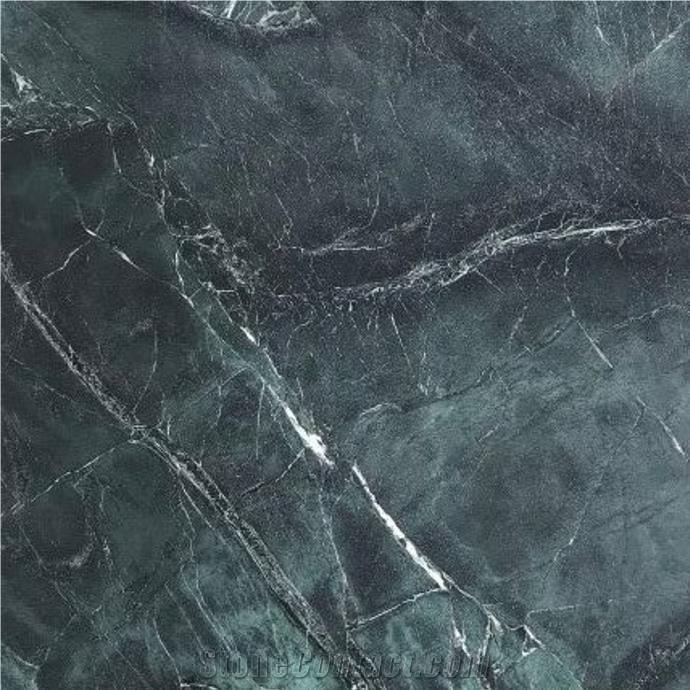Can United States's Vermont Soapstone be used exterior applications in very rainy climates?
Vermont Soapstone, a type of soapstone originating from the United States Vermont region, is generally considered suitable for exterior applications in various climates, including rainy ones. However, there are a few factors to consider when using soapstone in very rainy climates:
1. Absorbency: Soapstone is known for its non-porous nature, which means it does not absorb water as much as other materials like granite or marble. This quality makes it less prone to water damage and staining. However, its essential to ensure proper sealing of the soapstone surface to enhance its resistance to water penetration further.
2. Freezing temperatures: If the rainy climate includes freezing temperatures, it is important to note that soapstone can withstand freeze-thaw cycles without cracking or deteriorating. Due to its high talc content, soapstone has a relatively low thermal expansion coefficient, making it resistant to temperature fluctuations.
3. Outdoor exposure: Despite its durability, soapstone may weather over time when exposed to outdoor elements, particularly under extreme conditions. Rain, sunlight, and other environmental factors can cause the soapstone to darken or develop a patina. This natural weathering process is often desirable and adds to the characteristic charm of soapstone, but its important to be aware that the appearance may change gradually.
To ensure the best performance of Vermont Soapstone in exterior applications in very rainy climates, it is recommended to consult with the soapstone supplier or manufacturer. They can provide specific guidance on the materials suitability, proper sealing techniques, and maintenance requirements for such conditions.
Vermont Soapstone, a type of soapstone originating from the United States Vermont region, is generally considered suitable for exterior applications in various climates, including rainy ones. However, there are a few factors to consider when using soapstone in very rainy climates:
1. Absorbency: Soapstone is known for its non-porous nature, which means it does not absorb water as much as other materials like granite or marble. This quality makes it less prone to water damage and staining. However, its essential to ensure proper sealing of the soapstone surface to enhance its resistance to water penetration further.
2. Freezing temperatures: If the rainy climate includes freezing temperatures, it is important to note that soapstone can withstand freeze-thaw cycles without cracking or deteriorating. Due to its high talc content, soapstone has a relatively low thermal expansion coefficient, making it resistant to temperature fluctuations.
3. Outdoor exposure: Despite its durability, soapstone may weather over time when exposed to outdoor elements, particularly under extreme conditions. Rain, sunlight, and other environmental factors can cause the soapstone to darken or develop a patina. This natural weathering process is often desirable and adds to the characteristic charm of soapstone, but its important to be aware that the appearance may change gradually.
To ensure the best performance of Vermont Soapstone in exterior applications in very rainy climates, it is recommended to consult with the soapstone supplier or manufacturer. They can provide specific guidance on the materials suitability, proper sealing techniques, and maintenance requirements for such conditions.
 United States
(Perkinsville, Vermont)
United States
(Perkinsville, Vermont)

















